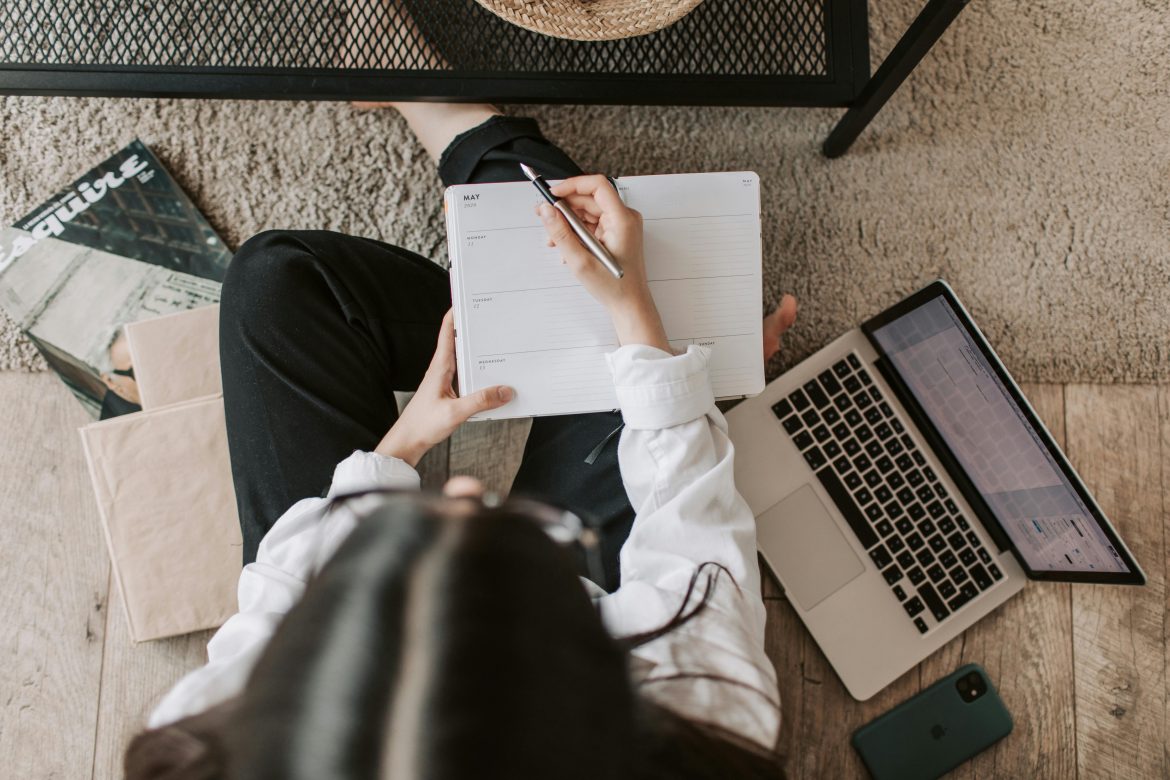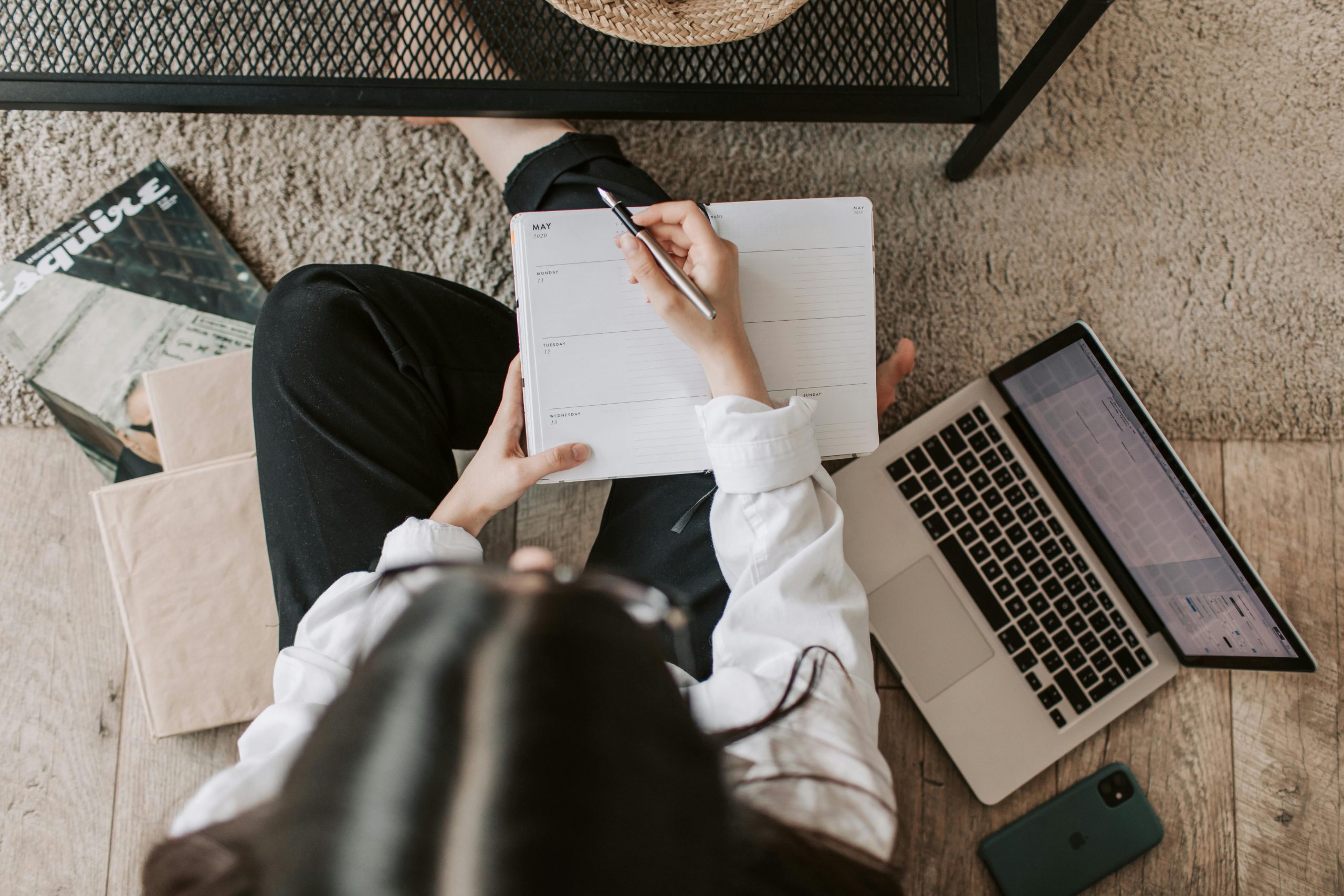When you study for long periods, taking short breaks can refresh your mind and help eliminate tiredness. While you’re taking a break, it’s also important not to just sit or lie down. By doing some small exercises, you can stretch your muscles, increase blood circulation, and release your energy. Here are 15 exercises you can do at your desk or anywhere in your study.
1. Neck Rolls
Relax your neck with neck rolls. Roll your head slowly from side to side, bringing your ear toward your shoulders, tucking your chin toward your chest, and moving your head back. This helps loosen the neck stiffness from sitting.
2. Shoulder Shrugs
Bring your shoulders up to your ears, and then let them fall back down again. This can help to lower shoulder tension and relax your neck, preventing tension headaches.
3. Arm Stretches
Wrap your right arm overhead, then bend it behind your back. Hold the back of the bent elbow with your left hand and gently press down to increase the stretch. Then, do the same with the other arm. This stretch is very good for your arms and upper back.
4. Wrist Rolls
Turn your wrists in small circles to loosen up, especially if you’ve been typing away at your keyboard getting those essays ready. If your wrists could use a break, hire an essay, coursework, or personal statement writer online. Experts at Academized can take over your writing to give you a much-deserved breather.
5. Seated Leg Extensions
While seated, extend one leg out straight and hold for a few seconds before lowering it to the floor without touching it. Repeat with the opposite leg. This leg exercise helps to strengthen your leg muscles and ensures good circulation.
6. Ankle Rolls
Lift one foot off the ground, rotate your ankle clockwise, and then counterclockwise directions a dozen times. Switch ankles. This is good for flexibility and ankle strength.
7. Seated Cat-Cow Stretch
Here’s a concise guide to performing the Seated Cat-Cow Stretch:
- Sit Up Straight: Begin at the edge of your chair, feet flat on the floor, hands on knees.
- Cat Phase: Inhale, round your spine, tuck your chin to your chest, and arch your back toward the chair.
- Cow Phase: Exhale, arch your back down, lift your chin and chest up, and pull your shoulders back.
- Alternate: Smoothly transition between Cat and Cow, following your breath’s rhythm.
- Repeat: Continue for several cycles to relieve tension and improve spinal flexibility.
8. Torso Twist
Sit, place your right hand on the back of your chair, and turn your torso to the right, holding it for a few seconds. Repeat on the left. This will help your back relax and may improve the flexibility of your spine.
9. Side Stretch
Put out your right arm and twist in the opposite direction. Hold for a couple of seconds, then replace it with your left arm. This stretches the side muscles, increasing flexibility and releasing tension in the muscles.
10. Knee to Chest
Sitting, raise your knee to your chest and hold it there with your hands. Hold a few seconds, and then switch to the other leg. It helps with lower back tension students often get from sitting too much. If you wish to cut back on your desk time, check out Academized – the best writing platform on the web. It can take over your writing projects to make sure that you don’t overexert yourself.
11. Chair Squats
Stand up from your chair and sit back down, but don’t quite land in the seat. Stand up again. Repeat this a few times. When you stand up, you use the strength of your legs and core.
12. Calf Raises
Get up behind your chair and rise up on your toes, being on the balls of your feet. Hold this position and then lower down for a few seconds. Do this several times to work your calves.
13. Hand Clench
Punch your hands into fits, then open them out wide, fingers splayed, to prevent cramping from writing or typing.
14. Back Extensions
Sit at the edge of your chair and extend your arms forward. Bend your head and neck forward, then arch your back to stretch it opposite. This exercise is great for relieving the back muscles and is also very revitalizing if you have been sitting for a while.
15. Deep Breathing
End your activity break with a minute of deep breathing. Close your eyes, breathe in through your nose and out through your mouth. It will lower your stress and ease your mind.
Stretch, Refresh, Resume!
These little exercises are simple and can be done at the desk without needing to walk around. They give your body a chance to move and your mind – to rest. They can help you re-focus your attention and be more efficient in your study. If you do these quick stretches regularly while studying, you will notice a difference in how you feel. If you regularly spend a few minutes stretching, it can make a big difference in helping you get through study sessions. So, if you’re spending long hours studying and start to feel unfocused, just take a quick stretch break and start again!
Written by markrunyonjr@gmail.com





